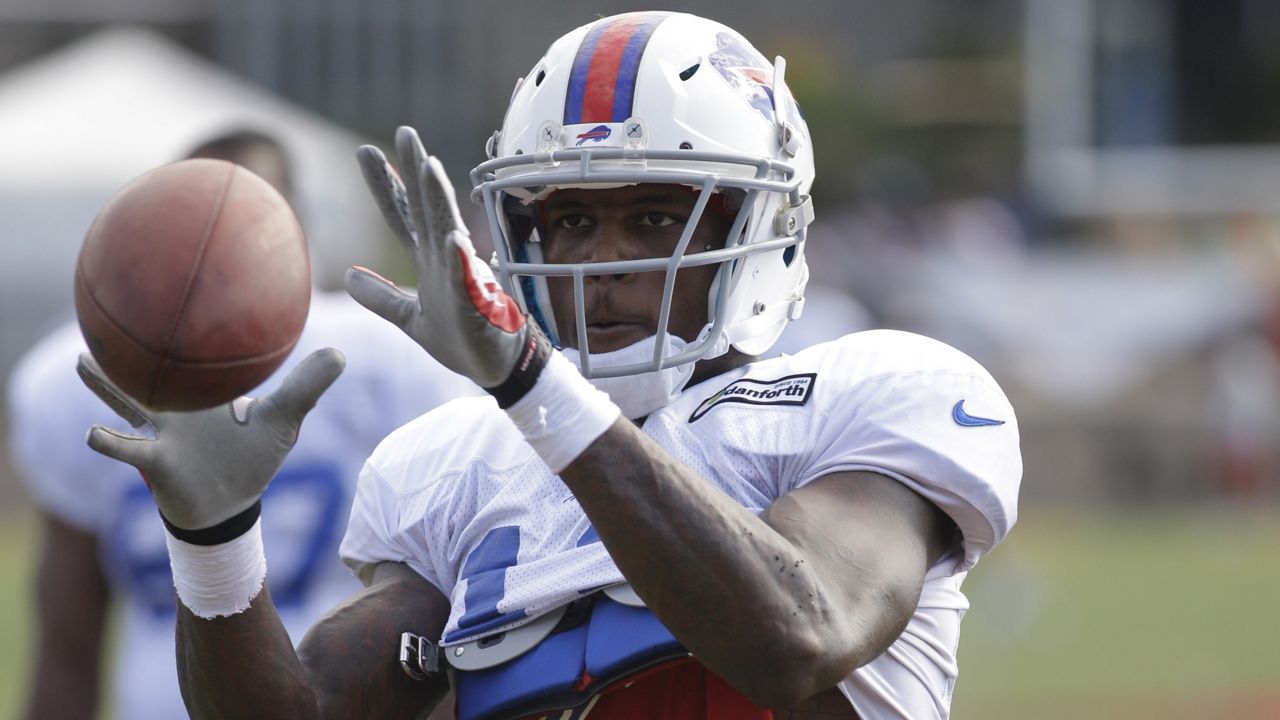BUFFALO, N.Y. — An eclipse offers a unique chance for scientists to learn more about the sun, but a few minutes of totality isn’t a lot of time. That's why NASA is trying to extend that window.
“It's got to be spot on. It's got to be perfect. Because you only get a little over two minutes to be perfect,” said Citizen CATE volunteer investigator Travis Nelson.
There’s still much to be learned about the sun. This is why, come April 8, NASA is leaning on teams throughout the path of totality to gather data about the sun’s corona, or atmosphere.
It’s part of the Citizen CATE, or Continental-America Telescope Eclipse, project.
“I've just always been fascinated with the earth and all the things that go on around it,” said Nelson.
Nelson is on team 26, made up of University at Buffalo staff and students.
“You have to have the moon blocking the sun completely in order to expose its outer shell, its corona.”
They’ve spent a lot of time making tweaks, so everything runs smoothly.
“[We're] calibrating and recalibrating and checking and calibrating,” he explained.
Leading this team is Beata Csatho.
“A big part of it is understanding better how the solar wind is impacting the magnetic field of the Earth," she explained. "You can say, well, average people don't really care except looking at the compass. Actually, we do care, because the satellites are impacted by the magnetic field, and also telecommunication is impacted, even power networks are impacted.”
The data collected this year, when the sun is close to solar maximum, meaning the most solar activity, will be compared to what teams gathered in 2017.
“So it's not just a snapshot, but it also shows how these features in the corona of the sun are changing in time,” Csatho said.
All together, they're aiming for a 60-minute recording of the sun.
“Everything which was learned in the first campaign is used now to have an even better one,” added Csatho.
“Dude that’s spot on,” said Nelson as they tweaked some more equipment.
It’s good these crews are getting familiar with the equipment, because they’ll be able to keep it all once the eclipse is done.
“We are providing a new direction for our students, which is great," said Csatho. "UB doesn't have an astronomy program, but hopefully this is one step forward to bring astronomy closer to our community.”
Csatho and Nelson are proud to be part of this effort, because as taxing as it’s been, the end results will be worth it, not just for them, but for the furthering of science.
“The more data you have on a particular subject [...] the better off you'll be able to either predict or understand how that how that's going to affect or react," said Nelson. "So this is a critical stuff.”
Even if there are clouds during the eclipse, the team still plans to set up their gear. If clouds lift, even if it gives a few seconds of clarity, they want to catch that.
There is a separate project going on with aircrafts flying over the clouds to get images. They just won’t have the same resolution.









